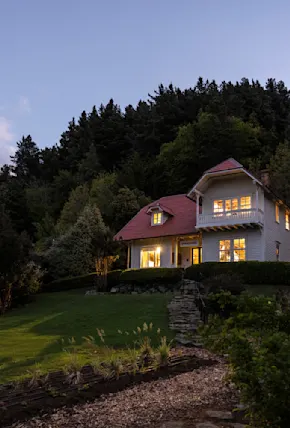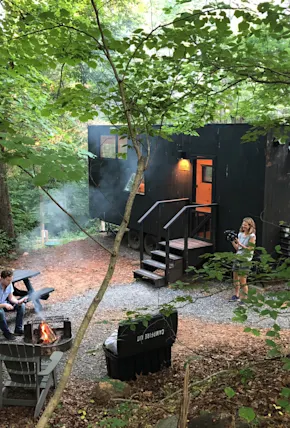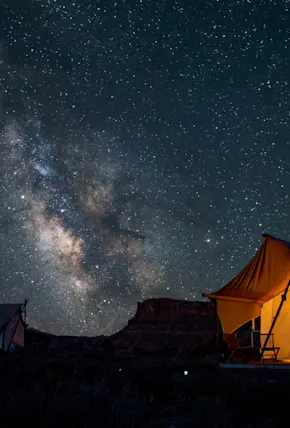As a rule, we tend to prefer a modest footprint when it comes to off-grid cabins, but we won't say no to a luxe mountain house that employs the same design practices. Despite an increasingly standardized look within the building industry, modern passive design isn't one size fits all, and any contemporary structure that pushes the limits and experiments is a go for us. (A remote location with a view never hurts either.)
Casa Salvaje by Mazpazz Architects is just such an exception. Planted in the mountains of Palmichal de Acosta, a region in Costa Rica's cloud forest, the private off-grid residence proves sustainable design has no single look, and in fact can be downright stunning. And, with a design rooted in wellness and cosmic healing practices, this mountain villa takes things a step further.












